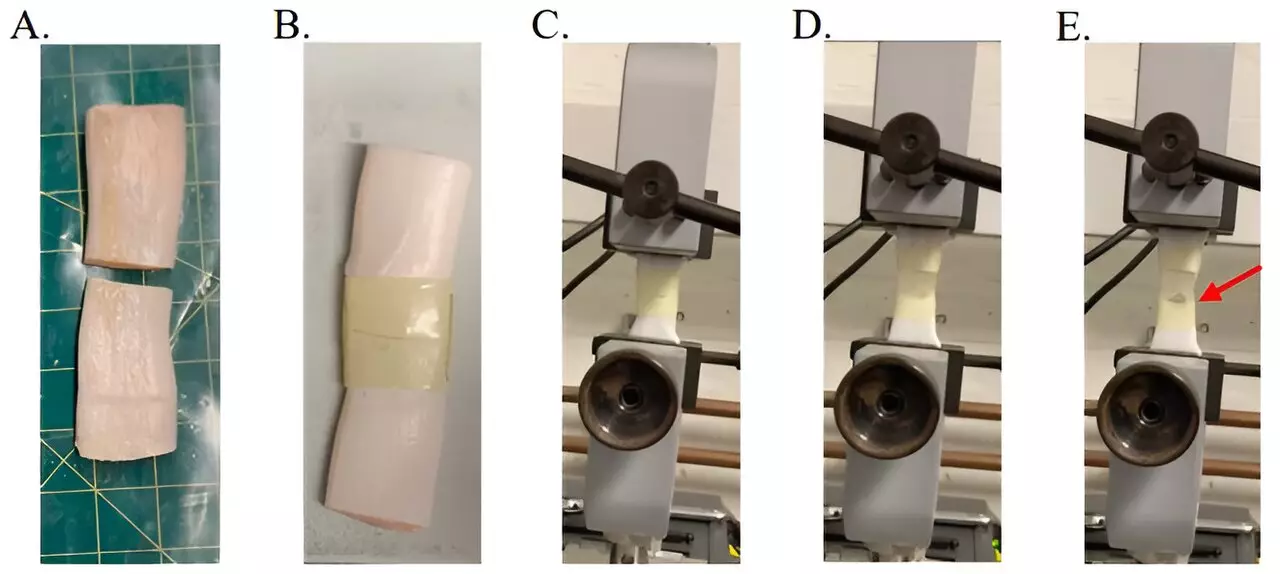In a significant advancement for both the bioengineering and environmental science fields, a team of researchers at the University of California, Berkeley, has unveiled a new type of adhesive polymer that prioritizes ecological sustainability. This work not only addresses the pressing need for non-toxic adhesive solutions but also represents a significant step forward in the realm of biodegradable materials. Published in the journal Science, the research leads us to reconsider the potential applications of bio-derived products in everyday life while spotlighting the shortcomings of current adhesive technologies.
Adhesives have become an indispensable part of modern manufacturing and medical practices; however, the majority of commercially available solutions are designed for specific applications, such as bonding wood or metal. This specialization limits their versatility, forcing industries to maintain a diverse yet hazardous array of products, many of which pose risks to non-target organisms and the environment. For instance, traditional adhesives often contain harmful chemicals that, when released, contribute to environmental degradation and health concerns. Thus, the search for alternatives that marry functionality with safety has never been more urgent.
To combat these issues, the UC Berkeley research team focused their studies on polymers derived from alpha-lipoic acid (αLA), a naturally occurring fatty acid. One of the key innovations in their work was the introduction of an electrophilic stabilizer. This stabilizer allowed for the preservation of the polymer’s integrity, effectively preventing its premature breakdown. In this way, the team was able to create a diverse range of adhesives that possess both the desired strength and environmental compatibility. By utilizing materials that can easily decompose, the researchers have opened avenues for creating products that are less harmful and potentially beneficial to nature.
The adhesive family they developed demonstrates remarkable versatility, as it was tested across an array of materials—including wood, metal, and tissue. Notably, one variant of the adhesive showcased an impressive tenfold increase in peel strength compared to conventional products, maintaining effectiveness in various environmental conditions, whether wet or dry. When measured against traditional petroleum-based adhesives, the new αLA-based options demonstrated comparable adhesion strengths while maintaining a lighter ecological footprint.
Additionally, the self-healing properties of many formulations present exciting possibilities for medical applications, where materials can repair themselves, thus increasing longevity and reliability in critical uses.
One of the crowning achievements of this breakthrough is the implementation of a closed-loop recycling process that enables the transformation of used adhesives back into new products with the addition of aqueous media. This approach not only supports sustainability but underscores the potential for a circular economy within the adhesive industry.
The UC Berkeley team is setting a precedent for how adhesive technologies can evolve, marrying efficiency with eco-consciousness. Their findings push the boundaries of traditional materials science, offering hope for a future where safe, effective, and sustainable products are the norm rather than the exception.



Leave a Reply